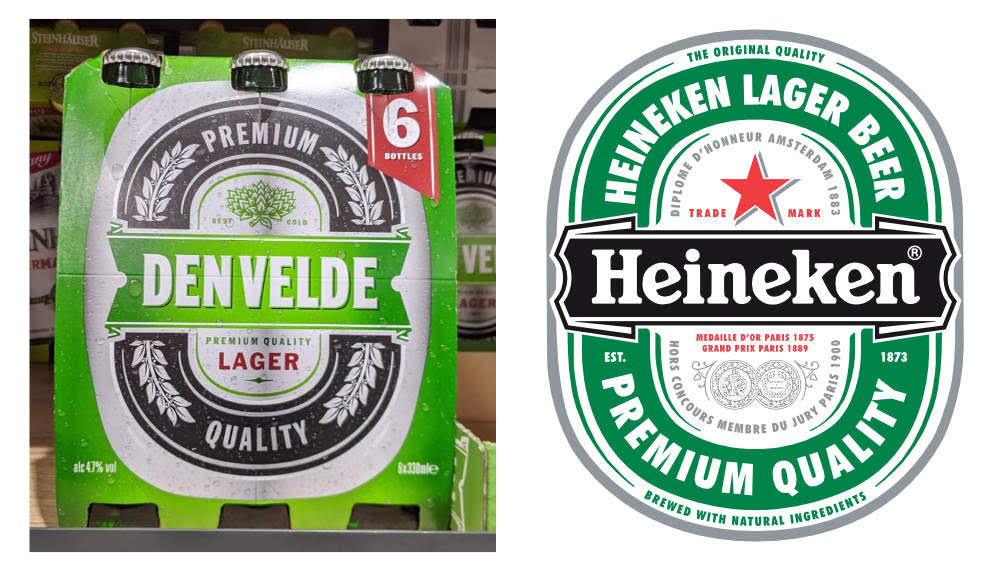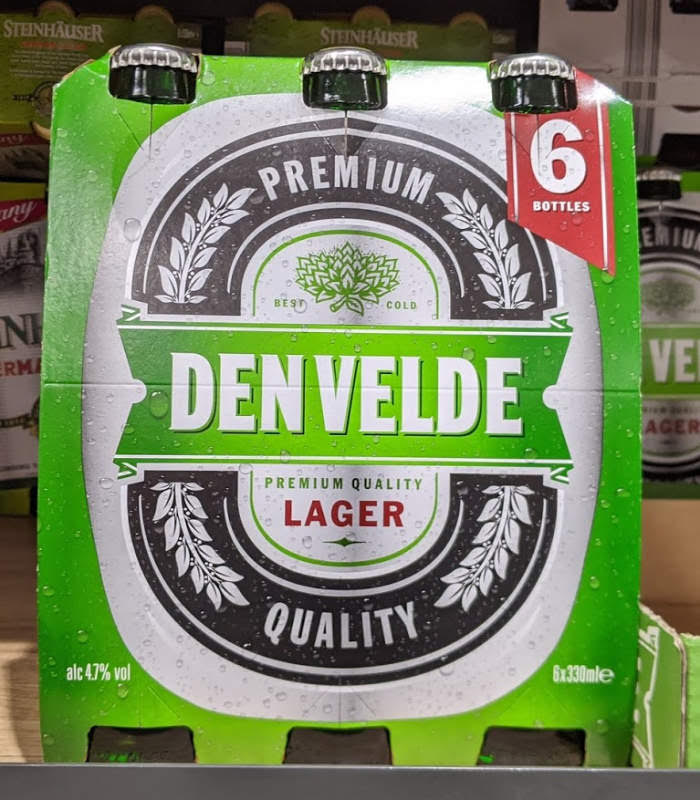When we ask our accounting clients about their marketing goals and challenges, we often hear they want to differentiate from their competition.
That makes a lot of sense in a sector like accountancy. With a lot of practices providing essentially the same services, how can you show a potential client that you’re the best choice?
Standing out from the crowd – through your branding and brand design, tone of voice, value proposition, and more – is certainly important.
But while focusing all their efforts on being different, many people overlook what’s arguably more important: being recognisable.
Distinctiveness over differentiation
This point was made by marketing science professor Byron Sharp In his 2010 book How Brands Grow.
According to Sharp, personality and differentiation are not as important as most people think. Instead, he said marketeers should focus on creating and using “an attractive and memorable set of distinctive brand assets … that make the brand easy to like, memorise and recall”.
These elements, often termed ‘brand codes’, could be things like colours, fonts and shapes, but they could also be subtler visual choices like a style of illustration, or the choice of curved lines over sharp edges.
Used correctly, they should trigger an instant, instinctive response when someone sees them. In one glance, and without needing to see your company’s name, a viewer should be able to tell it’s your brand they’re looking at.

Aldi has become notorious for its own-brand ‘copycat’ products, which manage to stay just on the right side of trademark law by closely mimicking the visual cues used by well-known brands, without directly copying them. Its ‘Den Velde’ lager uses similar brand codes to those of Heineken: green and black with a couple of details in red, the shape of the label, a smaller and more intricate illustration, and a central banner with the product’s name.
Ideally, that immediate impression should tie in with positive associations that fit in with your brand values – you might want someone seeing your brand to think of heritage and professionalism, for example, or technology and fresh thinking.
Brand codes work because they tap into the subconscious– the part of the mind that responds to symbols and signs, and instantly connects them with the contexts it’s seen them in before, and the feelings they create.
It’s a much faster process than that of conscious reasoning, of weighing up the pros and cons of a decision and analysing the evidence before us.
Many marketing experts agree this emotional preference, rather than any logical decision-making, is the main driving factor behind a person’s choice to buy a product or service. That’s the case whether you’re selling to an individual consumer or to another business.
Make yourself memorable
Another important concept for Sharp is the ‘availability’ of the brand, both physical and mental.
Large, established brands are everywhere – they appear online, on billboards and on TV, and those selling physical goods are able to fill up the supermarket shelves with products that display and reinforce a memorable set of brand codes.
Because of this, they also occupy a significant space in people’s minds. If I asked you to name a brand of cola, the chances are you’d say Coca-Cola before you think of Pepsi.
That’s reflected in Interbrand’s latest rankings of the top 100 global brands in 2019, which put Coca-Cola in fifth place with a value of around $63 billion. Meanwhile, Pepsi was number 24 on the list, valued at $20bn.
Read more about Interbrand’s list, and what accountants can learn from it.
It’s not necessarily that people prefer the taste of Coke or are fiercely loyal to the brand – most Coke drinkers would buy Pepsi, too.
It’s more that Coca-Cola has spent nearly 130 years repeating the same visual cues, making it incredibly easy for people to bring up a mental image of the brand.
When you think of the Coke brand, you might be able to list a number of its brand codes: the colour red, the logo in Spencerian script, the shape of the glass bottle, Father Christmas, families of polar bears, and so on.
Those codes are there whenever someone comes into contact with the brand, and each encounter reinforces their memory of the last time they saw it. Built up over time, that establishes a clear, easy-to-recall image of the brand in their mind.
Stay consistent
This might all just sound like common sense. Repeat the same images and messages to someone, and they’ll be more likely to remember it. But sometimes, reinforcing brand codes can conflict with another approach – standing out by doing something unusual.
Brand consultant Mark Ritson talks about the problems with marketeers favouring differentiation over distinctiveness in his article on a recent TV advert by car manufacturer Renault.
The advert was memorable in itself, with a positive, progressive message, and it attracted a big social media response.
But, as Ritson pointed out, “it’s just not Renault enough”. The lack of distinctive brand codes means neither the product nor the French company itself is memorable. The Clio could be swapped for almost any other car, and most consumers wouldn’t know the difference.
We know it takes multiple touchpoints before a customer makes the decision to buy, so you need to make sure that each one counts.
Every time someone comes into contact with your business, they should be encountering the same brand codes, building up stronger memory structures around your brand each time they see it.
Let’s say a prospect attends a business exhibition and meets you there. They come away from the talk with a good impression of your firm, and they take a business card with them.
Later on, they might see an online ad for your business, and at another time, they might decide to take a look at your website or look you up on social media.
If your business card looks nothing like your website, or your advert fails to include enough distinctive visuals, you’ll be difficult to remember.
But if your website, advert and business card are all consistently coded, the prospect is more likely to have built up a fairly clear picture of your brand in their head – and you might be the first firm they think of when they decide to get in touch with an accountant.
Branding
Stand out from the competition, stop competing on price and start building your firm's reputation with a strong brand.



